This work aims to (1) produce and characterize the flour obtained from two varieties of canihua, cupi and illpa-inia, and (2) evaluate the ability of these flours to form biofilms. The flours produced contain proteins, starches, lipids, organic substances containing phenol groups, and high percentages of unsaturated fatty acids. Films produced from the illpa variety presented lower water vapor permeability and larger Young’s modulus values than the films formed from the cupi variety. Both films were yellowish and displayed a high light blocking ability (as compared with polyethylene films), which can be attributed to the presence of phenolic compounds. Furthermore, they showed lesser solubility and water permeability than other polysaccharide films, which may be the result of the higher protein (12%–13.8%) and lipid (11%) contents in canihua flours, as well as the formation of a larger number of S–S bonds. On the other hand, these films presented a single vitreous transition temperature at low temperatures (< 0 °C), crystallization of the A and Vh types, and an additional diffraction peak at 2 = 7.5º, ascribed to the presence of essential fatty acids in canihua flour. Canihua flour can form films with adequate properties and shows promise for potential applications in food packaging, because it acts as a good barrier to incident ultraviolet light.
films; biodegradable; canihua; flour

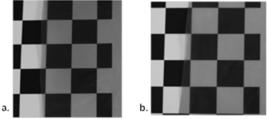 Thumbnail
Thumbnail
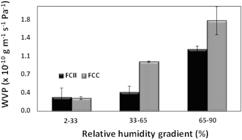 Thumbnail
Thumbnail
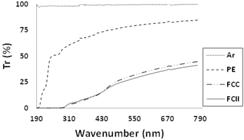 Thumbnail
Thumbnail
 Thumbnail
Thumbnail
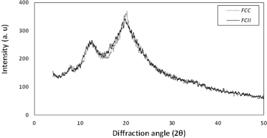 Thumbnail
Thumbnail
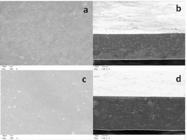 Thumbnail
Thumbnail
 Thumbnail
Thumbnail
 Thumbnail
Thumbnail
 Thumbnail
Thumbnail
 Thumbnail
Thumbnail









